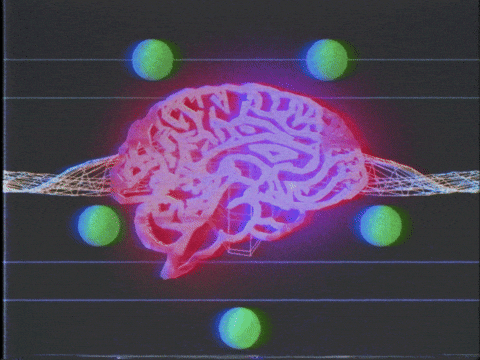With a world title on the line on the North Shore of Oahu, four surfers — John John Florence, Gabriel Medina, Jordy Smith, and Julian Wilson — battled it out at the 2017 Billabong Pipe Masters at the famed Banzai Pipeline, the third event of the Vans Triple Crown of Surfing and the final stop on the World Surf League’s (WSL) Championship Tour.
But event organizers wanted to do more than just crown a world champion — they wanted to reduce the environmental impact of the event on Hawaii’s pristine coastlines, and increase awareness of sustainability issues too.
“As surfers and people who like watching surfing, it’s our responsibility to protect the beautiful ocean that we use,” said Kim Matsoukas, senior manager for sustainability and social responsibility for Vans.
To that end, Vans and Sustainable Coastlines Hawaii teamed up to implement a comprehensive sustainability initiative during the period of the Vans Triple Crown, a three-event series held at the iconic surf breaks Haleiwa, Sunset, and the Banzai Pipeline. It’s one of the biggest surfing events in Hawaii, drawing tens of thousands of people to North Shore beaches each year. According to the City and County lifeguards of Honolulu, on competition days, an average of 25,000 people pack the sand to watch Pipe Masters. While the huge crowds make for an exciting atmosphere, they can leave a mess on the beach and create a strain on natural resources.
This competition marked the fifth year of the partnership and organizers aimed to minimize the events’ contribution to marine plastic pollution, sea level rise, and ocean acidification. “Our goal is always to leave no footprint behind,” Matsoukas said. “Vans has been supporting the Triple Crown for 20 years and if we want to maintain the good relationship we have with the community, we should really think about how we show up.”
At this year’s event, organizers set up water filling stations, prohibited the sale of single-use plastic water bottles, and required all on-site catering and sanctioned food trucks to use compostable plates and utensils. 70% of all three events were powered by biodiesel, produced locally from cooking oil collected from North Shore restaurants. Over the past five years, Matsoukas said the Triple Crown has been carbon neutral. They measure the event’s carbon footprint — including travel (athletes, their entourage, WSL, and Vans), hotel accommodations, food production, and the biodiesel generators — and purchase verified carbon credits to offset 100% of that footprint.
The most tangible and unique part of the initiative was the full-scale waste management system. Bins were set up on the beach, clearly labeled with accompanying photographs to encourage people to sort their trash into the proper waste stream — recycle, compost, or trash. “On finals day, you can’t even walk around the beach. It’s nonstop emptying bags and putting in new bags into the bins,” said Kahi Pacarro, executive director of Sustainable Coastlines Hawaii. As a result, they diverted 65% of the overall waste from the three Triple Crown events, up from 29% in 2013.
Since there is no commercial composting facility on Oahu, the compostable material (approximately 3,100 pounds last year) is brought to Waihuena Farms, across the street from the Pipe Masters contest site. There, the napkins, utensils, food scraps, meat, and bones from the events’ rubbish are chipped and transformed into rich soil which the farm uses to grow vegetables like kale, chard, bok choy, and tomatoes. Ke Nui Kitchen, the official caterer of the Triple Crown, then uses this food to feed the athletes and staff at the following year’s event — creating a virtuous circle. “It’s a good example of how waste can be a resource,” Matsoukas said.
There are challenges to the effort, too. “It’s very rare to get 100% compliance. We spend a lot of our time with our hands in the bins pulling out what shouldn’t be in there and placing it in the right place,” Pacarro explained. He said the education provided by the announcers on the beach, and the example of others, especially the pro surfers, helps. More importantly, the announcers’ message reached the millions of people watching the webcast of the event.
Matsoukas and Pacarro hope this partnership can be a model for other surf events and bring the message of ocean health and sustainability to more people. However, they know it’s only one piece of the larger puzzle to protect the health of the oceans. “The solution isn’t just to clean up [the beaches]. That’s reactive. We need better consumer behavior, better producer responsibility,” said Pacarro.
“We all enjoy the ocean,” said John John Florence, defending world champion and local North Shore resident. “It’s only right that we help take part in cleaning it up and slowing down the pollution.”















 Big Brain GIF by Jay Sprogell
Big Brain GIF by Jay Sprogell






 Music isn't just good for social bonding.Photo credit: Canva
Music isn't just good for social bonding.Photo credit: Canva Our genes may influence our love of music more than we realize.Photo credit: Canva
Our genes may influence our love of music more than we realize.Photo credit: Canva